Paraguay often gets overlooked in favor of its flashier neighbors like Brazil and Argentina. Most visitors stick to Asunción and maybe venture to see Iguazu Falls, but they’re missing out on some truly fascinating places.
This landlocked country is packed with hidden gems that tell stories of Jesuit missions, German colonies, and indigenous cultures that have survived centuries of change. The country’s small towns offer something you won’t find in guidebooks—authentic experiences without the tourist crowds.
Here is a list of 20 Paraguay towns that deserve a spot on your travel radar.
Aregua
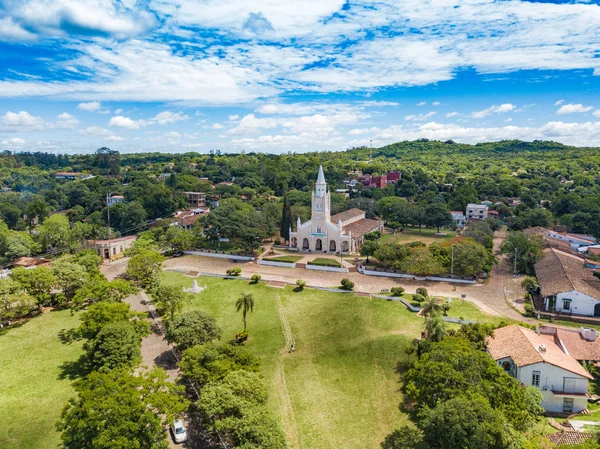
This lakeside town sits pretty on the shores of Ypacaraí Lake, just 30 miles from Asunción. Aregua is famous for its strawberry fields and pottery workshops where artisans still use traditional techniques passed down through generations.
The cobblestone streets and colonial architecture make it feel like you’ve stepped back in time, but with better ice cream.
Bella Vista
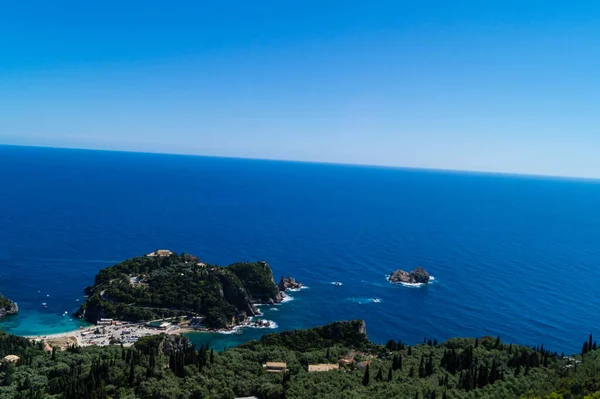
Perched on a hill overlooking the Paraná River, Bella Vista lives up to its name with genuinely stunning views. The town started as a Jesuit reduction in the 1600s and still has that peaceful, contemplative vibe.
You can walk the entire town in about twenty minutes, but you’ll want to linger for the sunsets over the water.
Like Travel Pug’s content? Follow us on MSN.
Caacupé
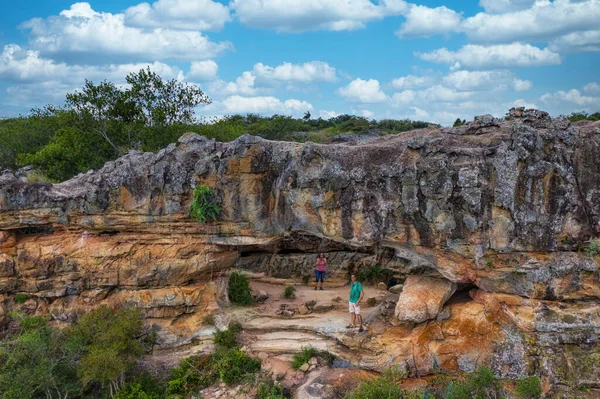
Known as Paraguay’s spiritual capital, Caacupé draws thousands of pilgrims every December, but it’s worth visiting year-round for its incredible basilica and mountain views. The town sits in the Cordillera hills, offering some of the best hiking in the country.
Local legend says the Virgin Mary appeared here, and whether you’re religious or not, there’s something magical about the place.
Caazapá

This quiet town in Paraguay’s interior feels like the country’s best-kept secret. Founded in 1607, Caazapá has managed to preserve its colonial charm without becoming a tourist trap.
The main square is surrounded by buildings that look exactly like they did 200 years ago, and the local museum houses artifacts from pre-Columbian times.
Capiatá

Just outside Asunción, Capiatá offers a perfect day trip for those wanting to see rural Paraguay without venturing too far from the capital. The town is famous for its traditional crafts, especially woodworking and weaving.
You can watch artisans create intricate pieces using techniques that haven’t changed in centuries.
Like Travel Pug’s content? Follow us on MSN.
Caraguatay
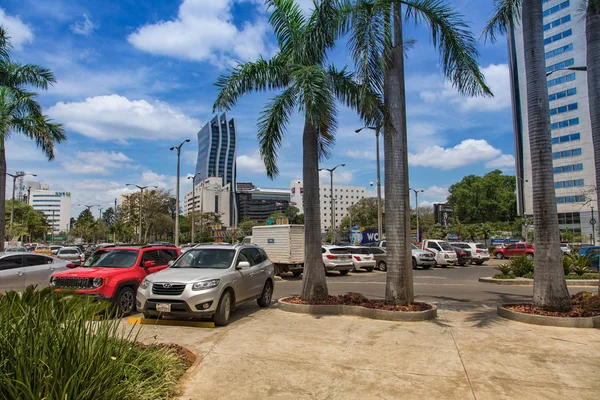
Tucked away in the Cordillera department, Caraguatay is where Paraguayans go to escape the heat and humidity of the lowlands. The town sits at a higher elevation, making it noticeably cooler and more comfortable.
Pine forests surround the area, creating an almost Alpine feel that’s completely unexpected in Paraguay.
Carapeguá
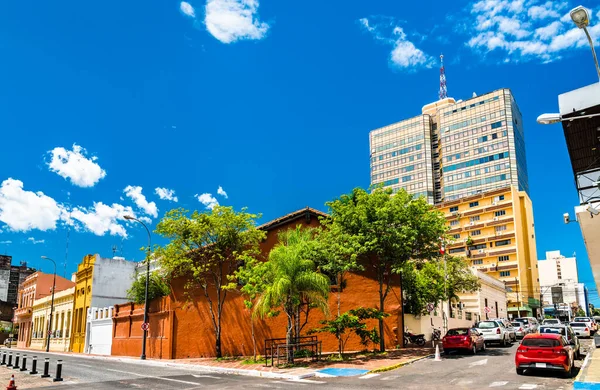
This small town punches above its weight when it comes to cultural significance. Carapeguá is considered the birthplace of Paraguayan folk music, and you’ll hear traditional harp melodies drifting from houses and shops throughout the day.
The annual music festival in September transforms this sleepy place into Paraguay’s unofficial cultural capital.
Chololo
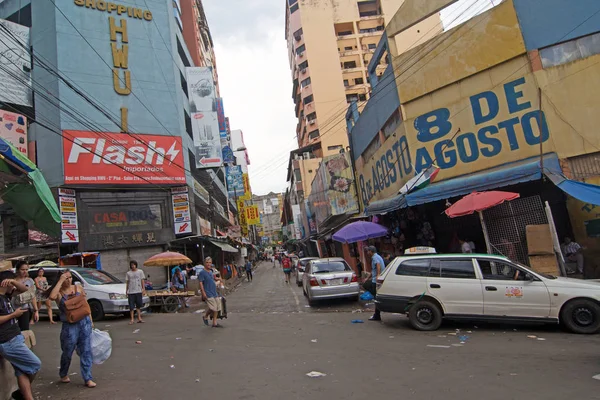
Don’t let the funny name fool you—Chololo is serious about preserving Paraguay’s rural traditions. The town specializes in traditional medicine and herbal remedies, with local healers who still practice techniques passed down through indigenous communities.
It’s like visiting a living pharmacy where every plant has a purpose.
Like Travel Pug’s content? Follow us on MSN.
Concepción
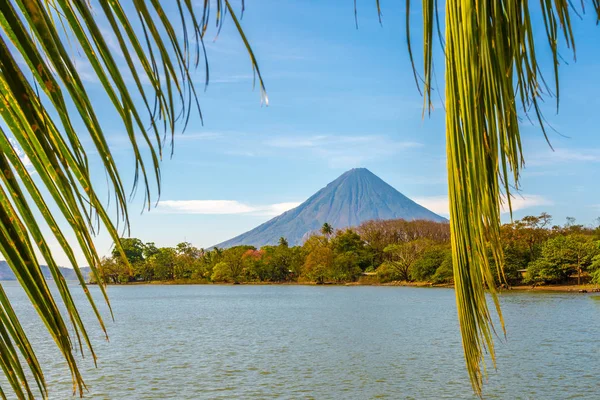
Located on the Paraguay River, Concepción serves as a gateway to the northern Chaco region, but most travelers just pass through. That’s their loss because this river town has a laid-back charm that’s hard to find elsewhere.
The old port area tells the story of Paraguay’s river commerce, and the local fish market serves up some of the country’s best river fish.
Coronel Oviedo
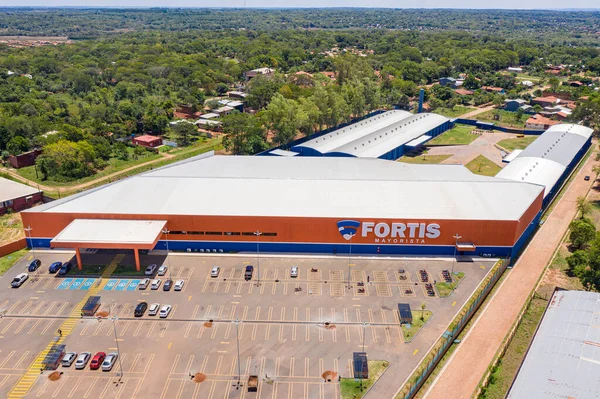
This transportation hub might not sound exciting, but Colonel Oviedo has quietly become one of Paraguay’s most important agricultural centers. The town sits in the heart of soybean country, and driving through the surrounding fields feels like cruising through an ocean of green.
The local markets overflow with produce that’s impossibly fresh and cheap.
Eusebio Ayala
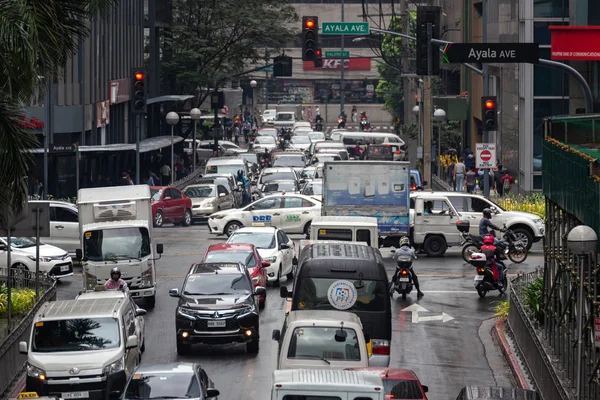
Named after a former president, this small town has a big personality. Eusebio Ayala is famous for its traditional pottery, and you can visit workshops where families have been making ceramics for generations.
The clay here has unique properties that create especially durable and beautiful pieces.
Like Travel Pug’s content? Follow us on MSN.
Guarambaré
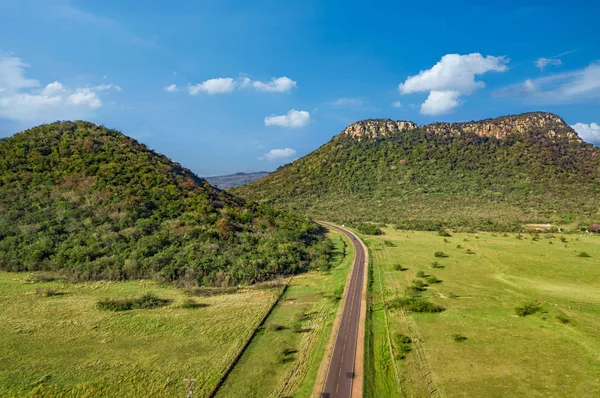
This riverside town specializes in one thing: oranges. Guarambaré produces some of South America’s sweetest oranges, and during harvest season, the entire town smells like citrus.
The annual orange festival in July is worth planning a trip around, with fresh juice flowing like water and orange-based dishes you won’t find anywhere else.
Itá
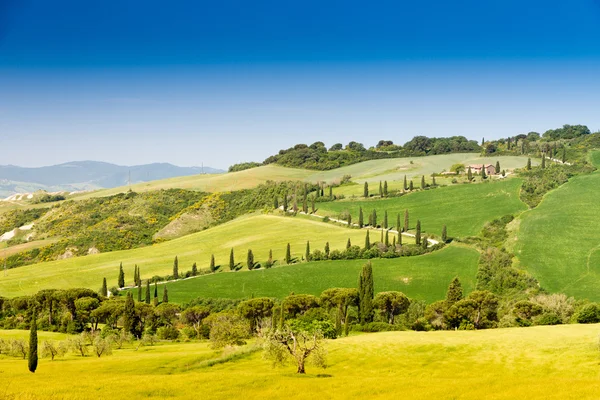
Known as Paraguay’s pottery capital, Itá has been producing ceramics since pre-Columbian times. The red clay found here creates distinctive terracotta pieces that are both beautiful and functional.
Walking through town feels like browsing an outdoor pottery shop, with finished pieces displayed in front of nearly every house.
Itauguá
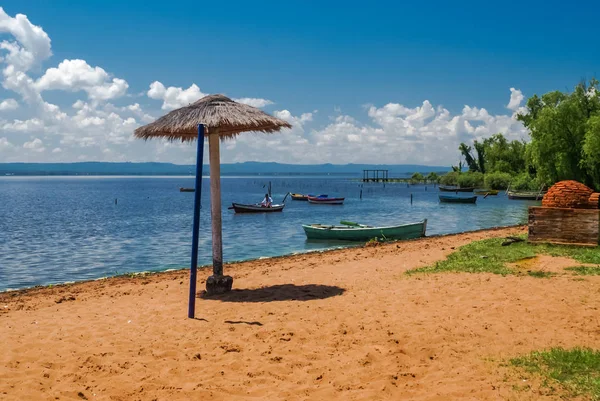
This town has built its entire reputation around one craft: ñandutí lace. Itauguá’s women create intricate lacework that resembles spider webs, hence the name ñandutí, which means ‘spider web’ in Guaraní.
The annual ñandutí festival showcases this delicate art form, and you can watch artisans work with threads so fine they seem to disappear.
Like Travel Pug’s content? Follow us on MSN.
Jesús de Tavarangue
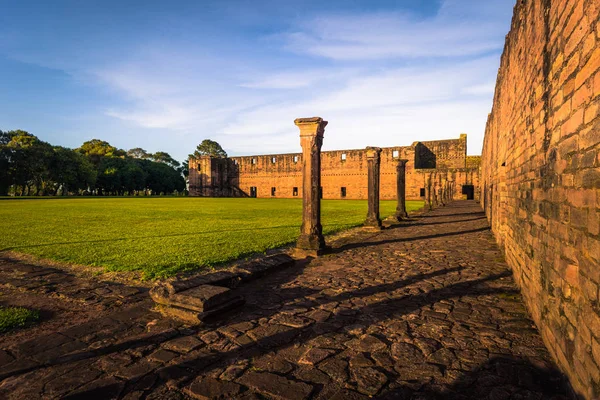
The ruins here represent one of the last Jesuit missions built in Paraguay before the Jesuits were expelled in 1767. Unlike other mission sites, Jesús was never completed, so you can see exactly how these massive stone churches were constructed.
The unfinished walls and partial arches create an almost mystical atmosphere.
Luque

Famous for its musical instruments, particularly harps and guitars, Luque keeps Paraguay’s musical traditions alive. The town’s artisans create instruments that are played in concert halls around the world, but you can visit their workshops and watch them work with simple hand tools.
The sound of music fills the air as artisans test their creations.
Paraguarí
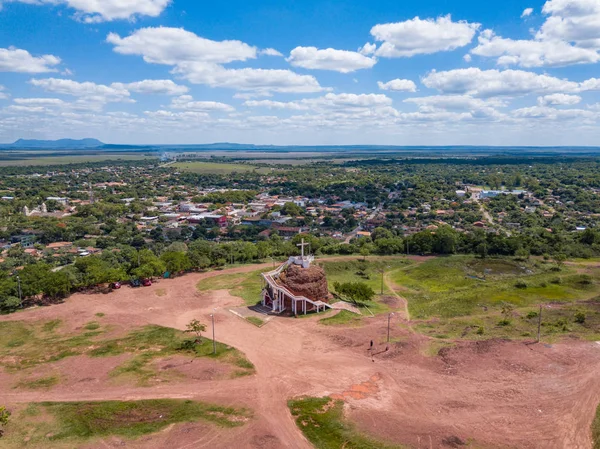
This colonial town sits at the foot of sacred hills that were important to indigenous peoples long before the Spanish arrived. Paraguarí offers some of the country’s best hiking, with trails leading to viewpoints that overlook the central valley.
The town itself moves at a pace that makes you forget about schedules and deadlines.
Like Travel Pug’s content? Follow us on MSN.
San Bernardino
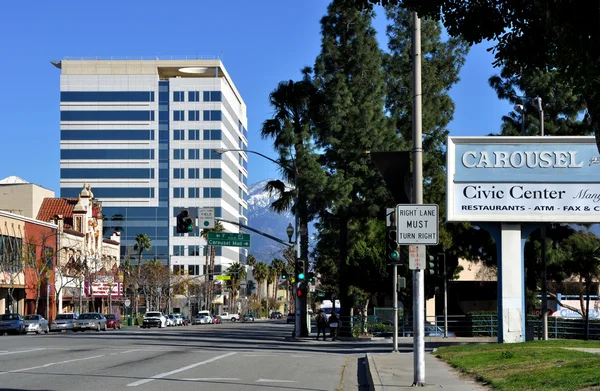
German immigrants founded this lakeside resort town in the 1880s, and it still feels distinctly European. San Bernardino comes alive during summer when wealthy Paraguayans escape to their lake houses, but visit during the off-season for a quieter experience.
The German influence shows up in everything from the architecture to the local brewery.
Tobatí

Nestled in the hills about 40 miles from Asunción, Tobatí is where city dwellers go to reconnect with nature. The town serves as a base for exploring nearby Tobatí Hill, which offers panoramic views of the central valley.
Local guides know hidden waterfalls and swimming holes that don’t appear on any map.
Yaguarón
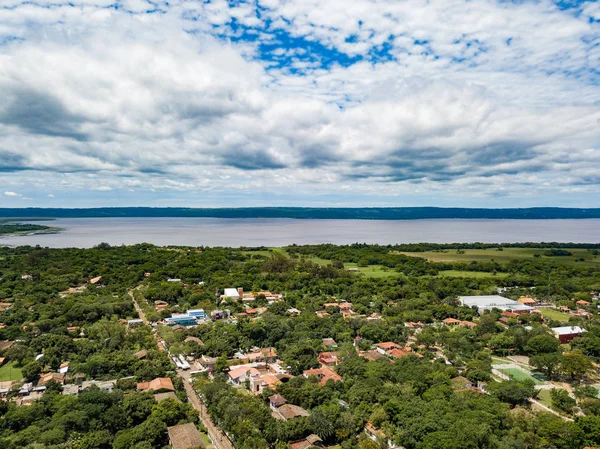
This historic town houses one of Paraguay’s most beautiful Franciscan churches, with intricate wood carvings and gold leaf decorations that took decades to complete. Yaguarón feels frozen in time, with narrow streets and colonial houses that have barely changed since the 1700s.
The church alone justifies the trip, but the town’s peaceful atmosphere makes you want to stay longer.
Like Travel Pug’s content? Follow us on MSN.
Where Paraguay’s Heart Really Beats
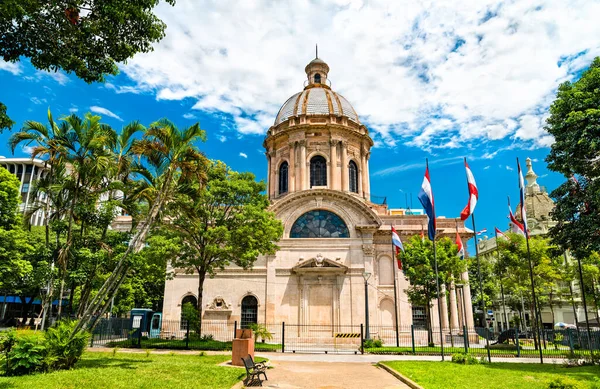
These forgotten towns represent the Paraguay that existed long before highways and shopping malls changed the landscape. Each place tells part of the country’s story—from indigenous roots through colonial times to the immigrant waves that shaped modern Paraguay.
Today, as the country modernizes rapidly, these towns serve as living museums where traditional ways of life continue largely unchanged. Visiting them isn’t just tourism; it’s time travel to a Paraguay that’s disappearing but not yet gone.
More from Travel Pug

- 20 Best Beach Towns in the Carolinas
- 13 Destinations Where Tourists Regularly Regret Their Trip
- 20 Things You Actually Get in First Class
- 20 Small Airports With Aviation Museums
- 20 Places in the U.S. That Are Perfect for a Reset Trip
Like Travel Pug’s content? Follow us on MSN.
